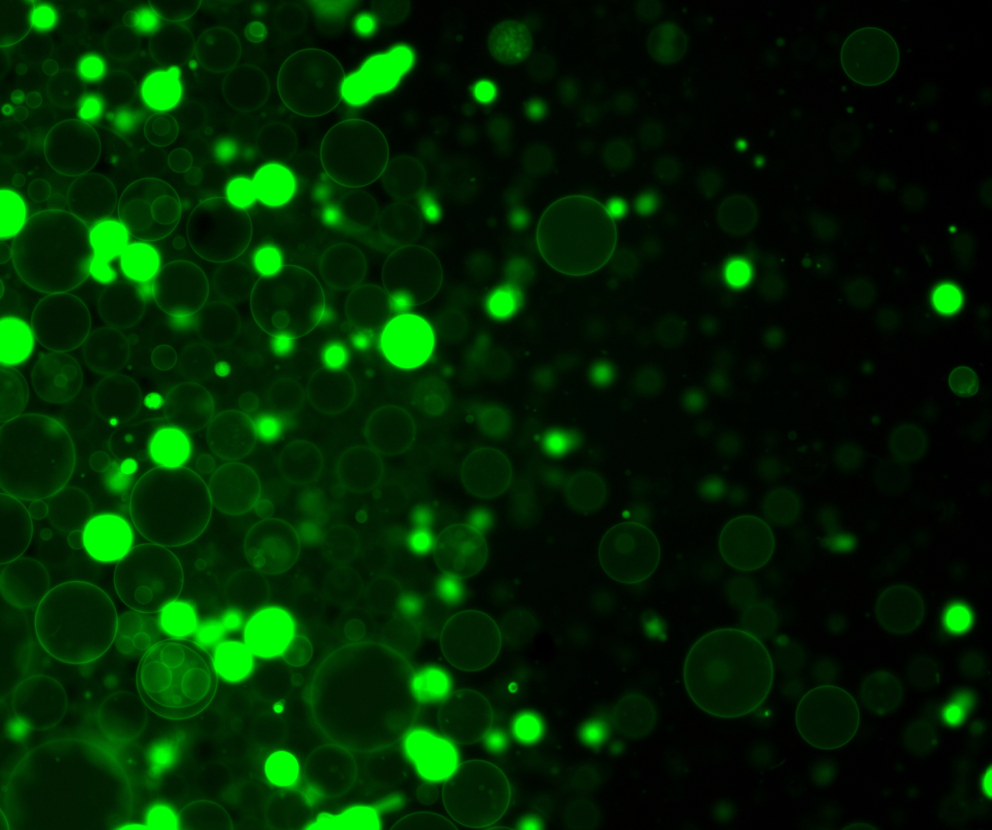Artificial Lifeforms: A Microscopic Glimpse into Synthetic Cells

The image titled "Artificial Life forms: A Microscopic Glimpse into Synthetic Cells" captures the intricacies and complexities of artificial cells through a microscopic lens. This image highlights the cutting-edge research on minimalist cell models and the importance of this field in advancing our understanding of life as we know it. The importance of this research lies in its potential to revolutionize our understanding of life and how we interact with it. Moreover, flexibility in design allows scientists to explore and manipulate cellular processes in ways that were previously impossible.
Synthetic cells are engineered to mimic the structure and function of natural cells, with the added benefit of being customizable. Compartmentalization, as can be seen in some cells, allows for the creation of artificial organelles that perform specific functions. This ability to create synthetic organelles has vast potential for applications in medicine and biotechnology. For instance, scientists could design artificial cells with specialized organelles that can produce therapeutic proteins or deliver drugs directly to targeted cells. Additionally, they can be modified to study complex cellular processes and disease states, leading to new insights and treatments to address some of the most pressing medical and environmental challenges of our time.